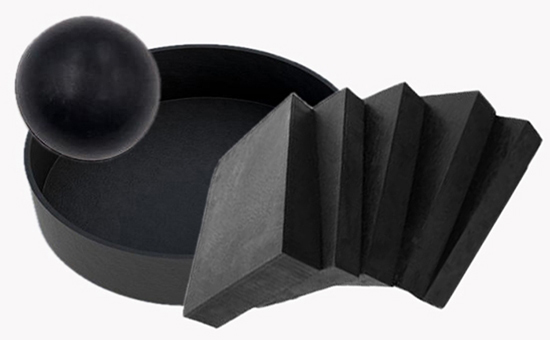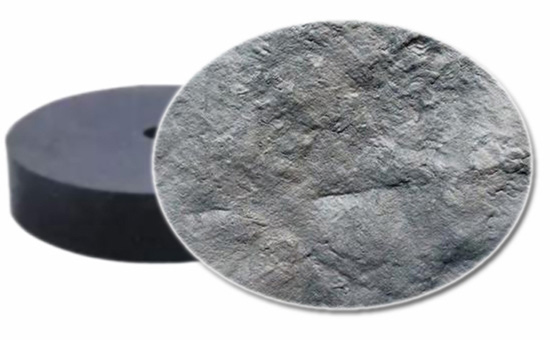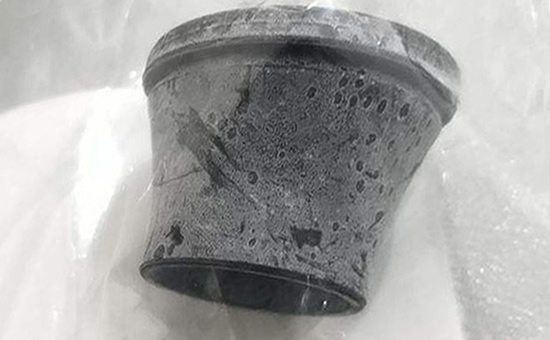Rubber scorch is an early vulcanization phenomenon that occurs during processing or during parking before vulcanization, also known as self-vulcanization. The so-called anti-scorch agent is a substance that can prevent or delay the occurrence of early vulcanization during the processing and storage of the rubber compound before vulcanization, and is also called a vulcanization retarder. Reclaimed rubber products need to be processed through a series of processes such as mixing, hot refining, calendering, extrusion, and vulcanization. In order to improve production efficiency, when the operating temperature of mixing, calendering, etc. is increased, or a high-temperature rapid vulcanization system is used, it is easy to scorch. , need to use an appropriate amount of anti-scorch agent.
1. The necessity of adding anti-scorch agent to reclaimed rubber products

During the various processing operations and storage of the rubber compound and semi-finished product before vulcanization, due to the heat generated by the mechanical action and the high temperature environment, it is possible to reduce the plasticity of the rubber compound, and even locally on the surface of the compound. rubber particles, and then it is difficult to continue the subsequent processing or cause defective products, which is an important problem in the rubber manufacturing process. In addition, in order to improve production efficiency, many rubber product manufacturers adopt a high-temperature rapid vulcanization system in the formula on the one hand, and increase the operating temperature of mixing and calendering on the other hand, making the rubber compound more sensitive to early vulcanization.
When using reclaimed rubber to produce rubber products, adding an anti-scorch agent can better meet the requirements of the scorch performance of the rubber.
2. The performance characteristics that an ideal anti-scorch agent needs to have

(1) While improving the safety of processing operations and storage, and effectively preventing scorch, it should not affect the vulcanization speed after the start of vulcanization, and not prolong the total vulcanization time; (2) The scorch inhibitor itself does not have a cross-linking effect; (3) It has no adverse effect on the appearance quality, chemical properties and physical and mechanical properties of the vulcanizate; (4) It is non-toxic and harmless, and the cost is low.
3. Several anti-scorch agents commonly used in the production of reclaimed rubber products
When using reclaimed rubber to produce rubber products, commonly used anti-scorch agents can be mainly divided into three categories: (1) Organic acid anti-scorch agents, which are characterized by low pollution but slightly poor anti-scorch performance, and slow down the vulcanization speed, promote Defects such as product aging; common ones are salicylic acid, phthalic acid, phthalic anhydride, etc. (2) Nitroso compounds,common anti-scorch agents NA, anti-scorch agents NDPA;(3) anti-scorch agents CTP has the best anti-scorch effect on the sulfenamide vulcanization system, and the dosage is small, 0.1-0.5 parts.

When using reclaimed rubber to produce rubber products, choosing a suitable anti-scorch agent, especially when mixing and calendering at high temperature, can effectively prevent the rubber from scorching and avoid unnecessary losses. Later, the editor will continue to share with you the specific application skills of various anti-scorch agents in rubber products.
Exclusive original article [commercial authorization] reprint, excerpt and excerpt in any form are prohibited without written authorization. Focus on Hongyun rubber: learn the process formula and raw material technology of producing rubber products from recycled rubber to help you reduce costs and increase profits